Are you unsure how much food your furry friend needs each day? This is a million dollar question for many pet parents.
Unfortunately, it can be hard to calculate this on your own. It’s important to take into consideration the schedule, activity level, and breed of your dog.
Key Takeaways
- It’s important to properly portion dog food to avoid overfeeding or underfeeding, which can lead to serious health concerns.
- When determining the size and type of food for your dog, you’ll need to take into consideration their activity level, metabolic rate, breed, age, weight, and number of meals per day.
- Click here to view a feeding guide for adult dogs.
Keep reading, and we’ll share some must-know info and a dog feeding chart.
See Related: 4 Reasons Why Your Dog Is Pooping So Much
The Importance of Serving Size
Whether you just brought home a bight-eyed puppy or have an aged dog with a white beard, it can be hard to correctly portion their meals.
Though many dog food companies do put suggested serving sizes on their packaging, this is a one-size-fits-all option. It doesn’t take into account the individual needs and lifestyle of your dog.
Unlike (most) humans, many dogs don’t possess self-restraint. They don’t understand the importance of serving size.
As a responsible pet parent, it’s up to you to make sure they don’t overeat or undereat! You also need to make sure you’re feeding them top-quality chow.
Consequences of Overfeeding Your Dog
A 2022 survey found that 59% of dogs are overweight or obese – a truly staggering statistic!
Many people have the incorrect impression that it’s better to overfeed rather than underfeed. However, both of these can have serious consequences.
Overfeeding your dog may result in many serious health issues, such as:
- Shortened lifespan
- Difficulty breathing
- Congestive heart failure (CHF)
- Cushing’s disease
- Intervertebral disk disease
- Skin disorders
- Cancer
- Musculoskeletal issues
Consequences of Underfeeding Your Dog
Your four-legged friend needs a variety of nutrients, vitamins, and minerals to stay strong and healthy! Feeding your dog not enough food or low-quality food can cause them to miss out on these nutrients, vitamins, and minerals.
Nutritional deficiencies can have a major impact on the skin and fur of your dog.
Underfeeding your dog may result in many serious health issues, such as:
- Weight loss
- Skin disorders
- Fur thinning
- Gastrointestinal complications
- Weakened immune system
- Lethargy
Factors That Affect What Type of Food to Feed Your Dog
Not all dog foods are created equal.
Before you start portioning meals, you need to buy high-quality chow for your furry friend. Premium food will ensure that your canine companion gets all of the necessary nutrients.
This is especially important for growing puppies!
When picking out a brand of dog food, there are a few things to keep in mind, such as:
Age – The age of your four-legged friend will influence their nutritional needs. For example, young puppies will need highly nutritious food to support their development. On the other hand, senior dogs will need food designed for older dogs to support cognitive function.
Weight – Is your dog already underweight or overweight? Depending on their weight, you’ll need to adjust their diet. In this case, it’s best to consult with your veterinarian. They will help you determine the right brand and type of food to help them with weight loss or weight gain. This will also help prevent health complications later in life.
Activity level – Active dogs will need more high-quality chow than lazy dogs! (Keep in mind that it’s important to take your furry friend on frequent walks and regular exercise.) If your dog goes on daily mountain hikes, they’ll likely need to up their caloric intake.
If you have any questions or concerns about the type of food to feed your dog, be sure to consult with your vet.
Factors That Determine the Amount of Food to Feed Your Dog
How much should I feed my dog? This million dollar question has plagued the minds of many pet parents.
However, there’s no one-size-fits-all solution! It’s up to you to find the right type and amount of food to feed your canine companion.
You’ll need to consider several factors, such as activity level, weight, metabolic rate, breed, number of meals per day, and the type of food.
Keep in mind that small and toy breed puppies are susceptible to hypoglycemia, or low blood sugar, and may require small snacks throughout the day.
If you have any questions or concerns about the amount of food to feed your dog, be sure to consult with your vet.
Dog Food Feeding Chart
Most dog food bags have a serving size chart on the side. However, these aren’t perfectly accurate.
You’ll need to figure out the right proportions for your furry friend.
Here are general feeding guidelines for adult dogs. This will help you get a rough estimate of how much food you should feed your dog.
- For an adult dog between 3 to 6 lbs. – ⅓ to ½ cup of food per serving.
- For an adult dog between 10 to 20 lbs. – ¾ to 1 ⅓ cups of food per serving.
- For an adult dog between 30 to 50 lbs. – 1 ¾ to 2 ⅔ cups of food per serving.
- For an adult dog between 60 to 100 lbs. – 3 to 4 ½ cups of food per serving.
- For an adult dog over 100 lbs. – 4 ½ cups per serving, plus ¼ cup for every additional 10 lbs.
These recommended feeding amounts are for an entire day. Divide each amount depending on the amount of meals you feed your furry friend.
For example, if you have a 12-pound dachshund that eats twice a day, you may feed them ½ cup in the morning and ½ cup at night.
Most large breed dogs weigh between 50 to 150 pounds, while most small breed dogs weigh under 20 pounds. Large and medium breeds will require more food than small breeds.
A good way to check that they’re eating enough and well is if they have consistent bowel movements.
Final Thoughts
As a pet parent, it’s up to you to make sure your furry friend has plenty of yummy and healthy food.
Be sure to avoid underfeeding or overfeeding, and supply them with the nutrients and vitamins they need!
Bonus: Why Do Dogs Roll In Poop (& Other Stinky Things)?
Frequently Asked Questions
How often should I feed my dog?
Veterinarians and animal experts recommend establishing set mealtimes. Free feedings or frequent feedings can often lead to overeating and obesity.
For most dogs, a meal once in the morning and once in the evening is appropriate.
Keep consistent mealtimes, including the type and amount of food given to your four-legged friend. A consistent schedule is also helpful for anxiety and stress in dogs and can even prevent accidents.
Be sure to take your dog out for potty after each meal.
How many calories should my dog eat?
On average, dogs need 30 calories for every pound of body weight to maintain their current weight.
Smaller dogs or active dogs may require as much as 40 calories for every pound of body weight.
How much homemade dog food should my dog eat per day?
As a general rule of thumb, a serving size of homemade dog food is 2% to 3% of an adult dog’s weight.
If you’re making fresh homemade food for your four-legged friend, be sure to add whole grains, vegetables, and meat that provide plenty of nutrients.
What is the correct ratio for homemade dog food?
When making homemade dog food, a healthy meal will consist of 75% meat, 15% vegetables, and 10% carbohydrates.
Remember – variety is key! Be sure to switch up your food sources from time to time so your dog can receive a wide variety of nutrients, vitamins, and minerals.
Can dogs eat homemade dog food every day?
Yes!
If you plan to feed your canine companion homemade food, be sure to consult with a veterinarian or animal nutritionist.
It can be challenging to make sure they get a proper balance of nutrients, vitamins, and protein.
What should not be put in homemade dog food?
There are plenty of harmful or unsafe human foods that you shouldn’t feed to your dog.
When preparing your dog’s food, be sure to avoid potentially toxic ingredients like chocolate, macadamia nuts, garlic, onion, avocado, grapes, raisins, and xylitol.
Keep Reading: How To Make Your Dog Laugh
—
Scoop Masters offers professional dog waste removal services in California, Texas, Florida, and Tennessee. Since 1988, we’ve saved dog owners across the country from the overly unpleasant task of picking up after their pets. Each poopy project we complete gives them the freedom, convenience, and sanitation they deserve! Contact us for a free quote, or simply stock up on enough dog poop bags to keep your pet’s number twos at bay. To stay in the loop, follow up on Facebook and Twitter/X. If your dog can poop it, we can scoop it!

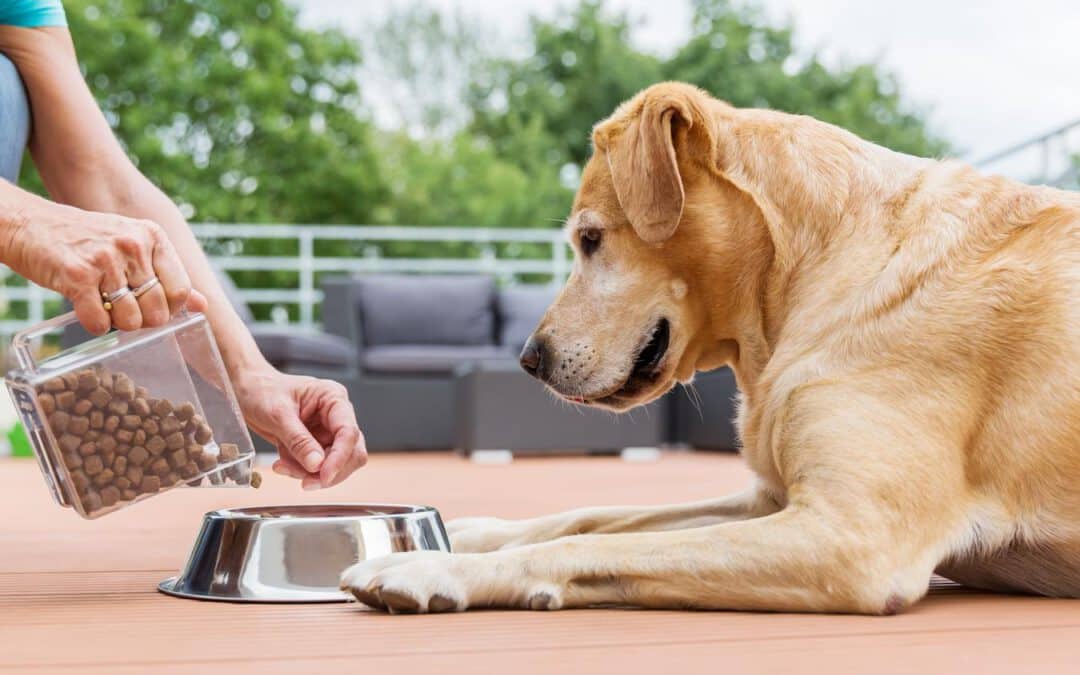
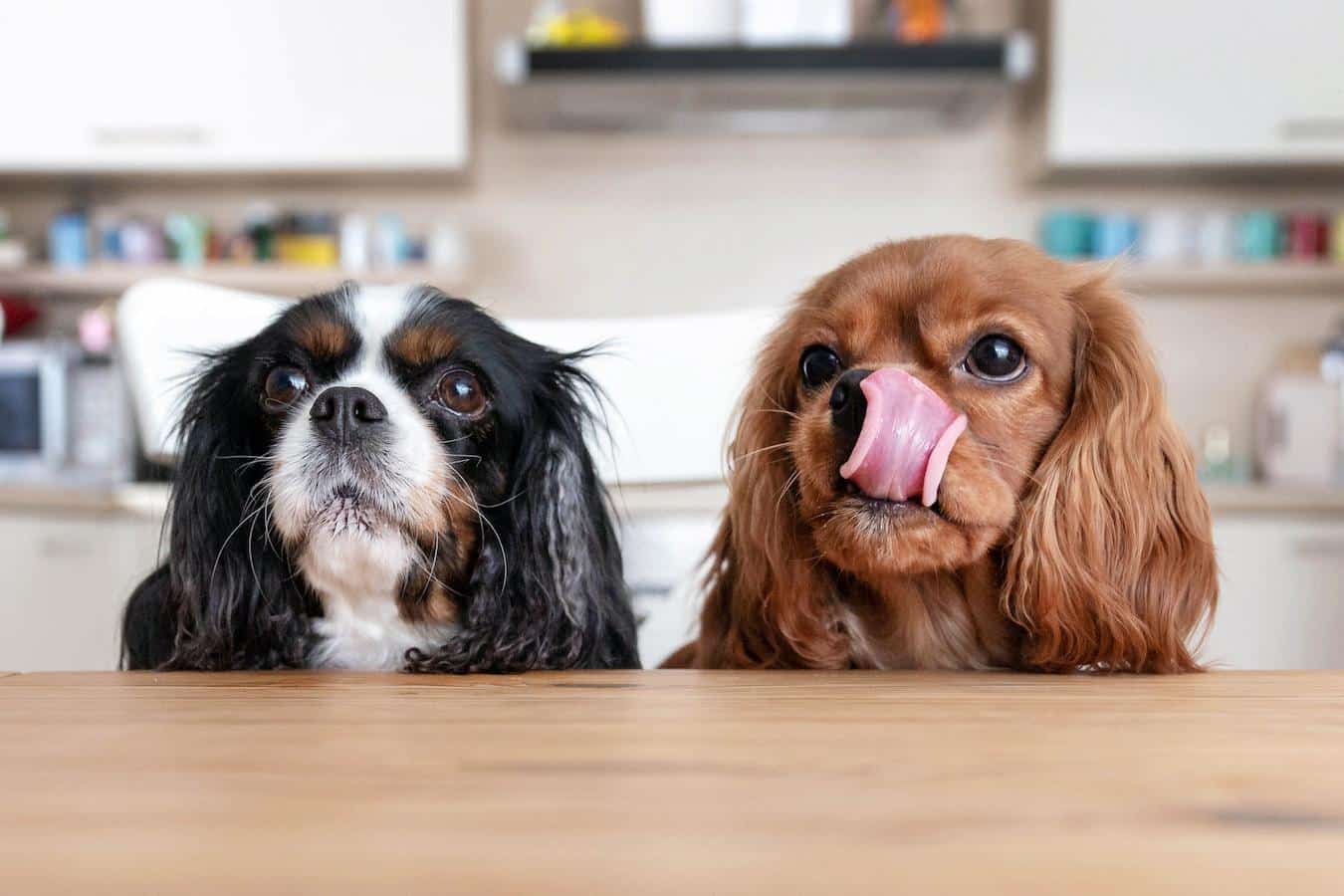
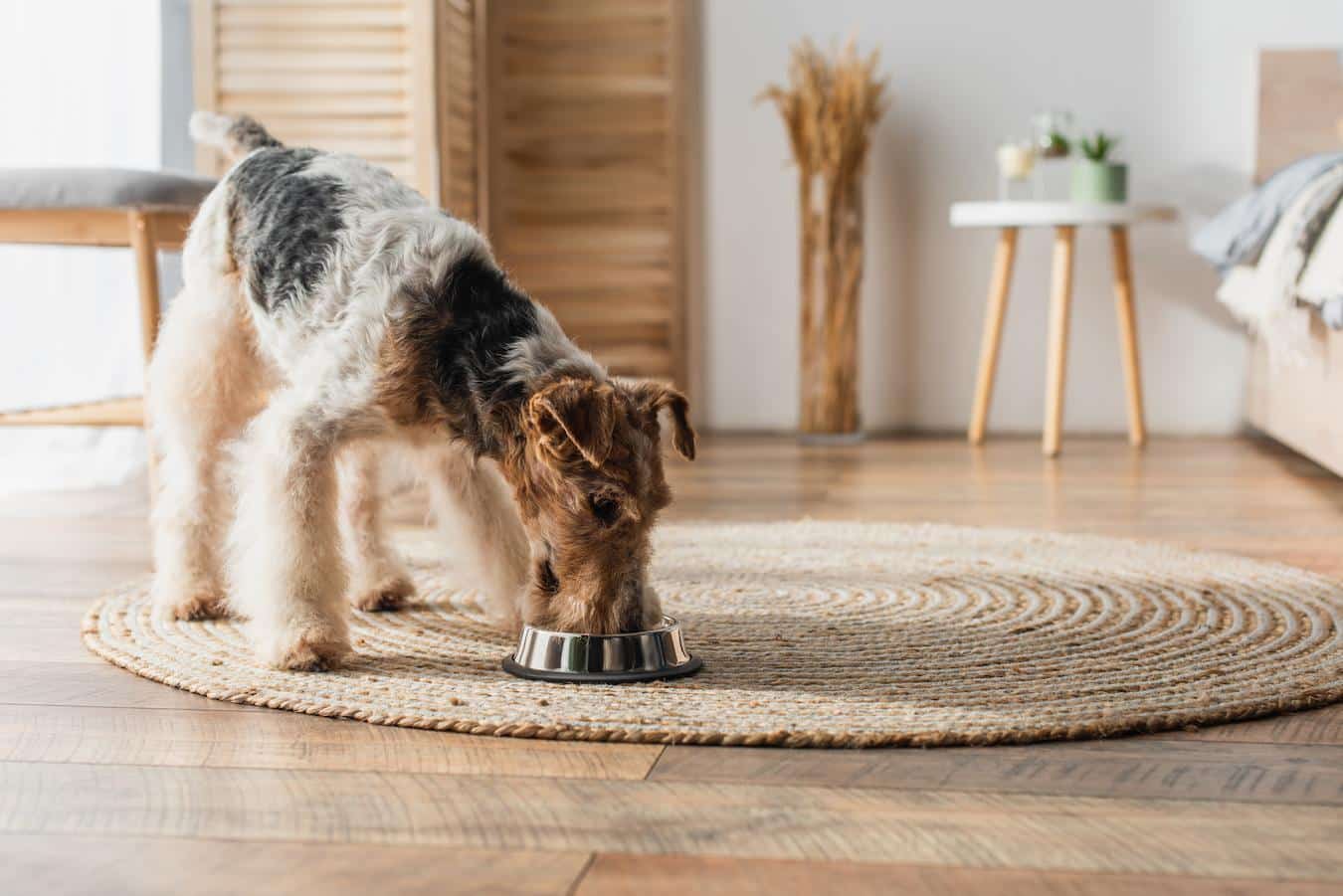
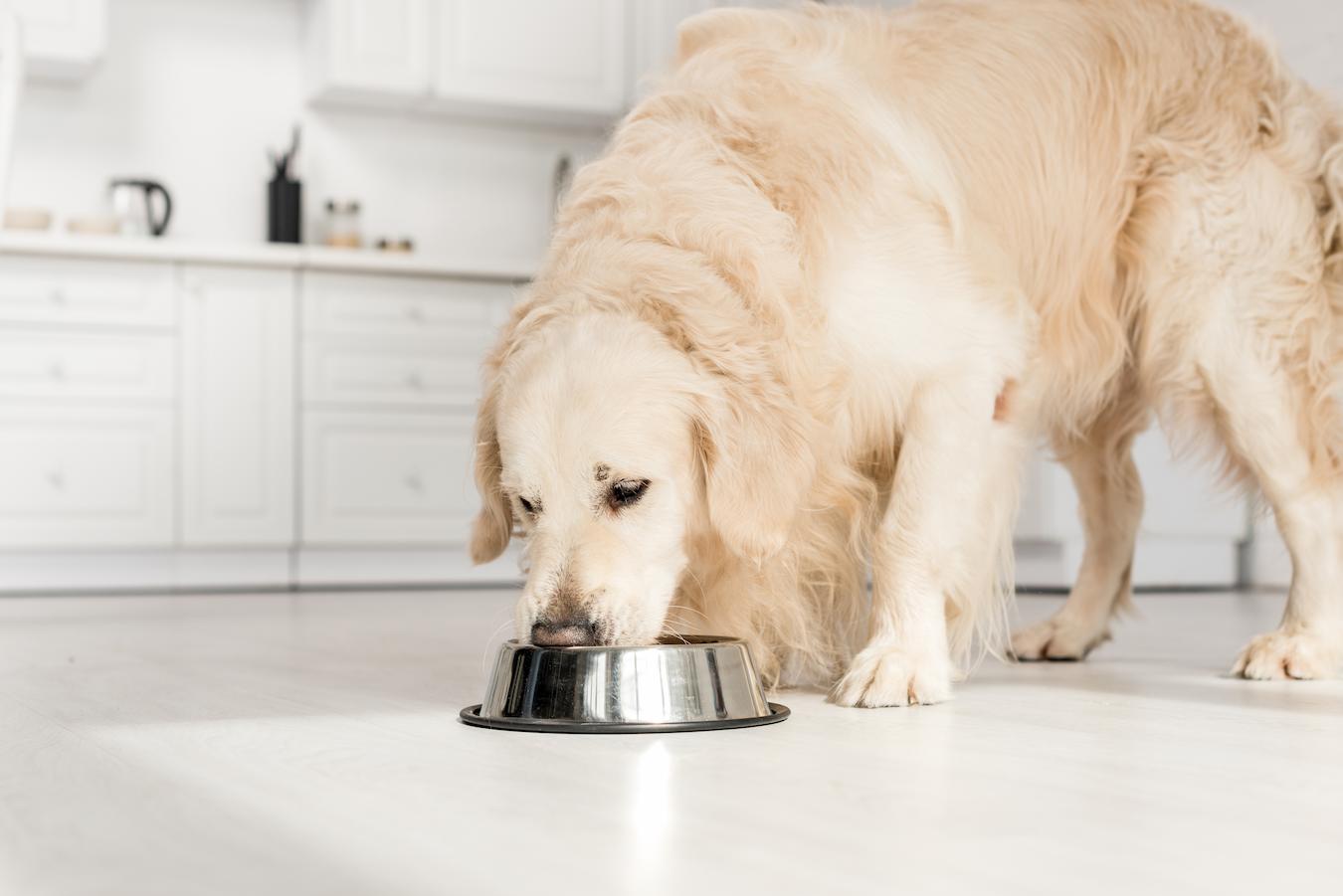
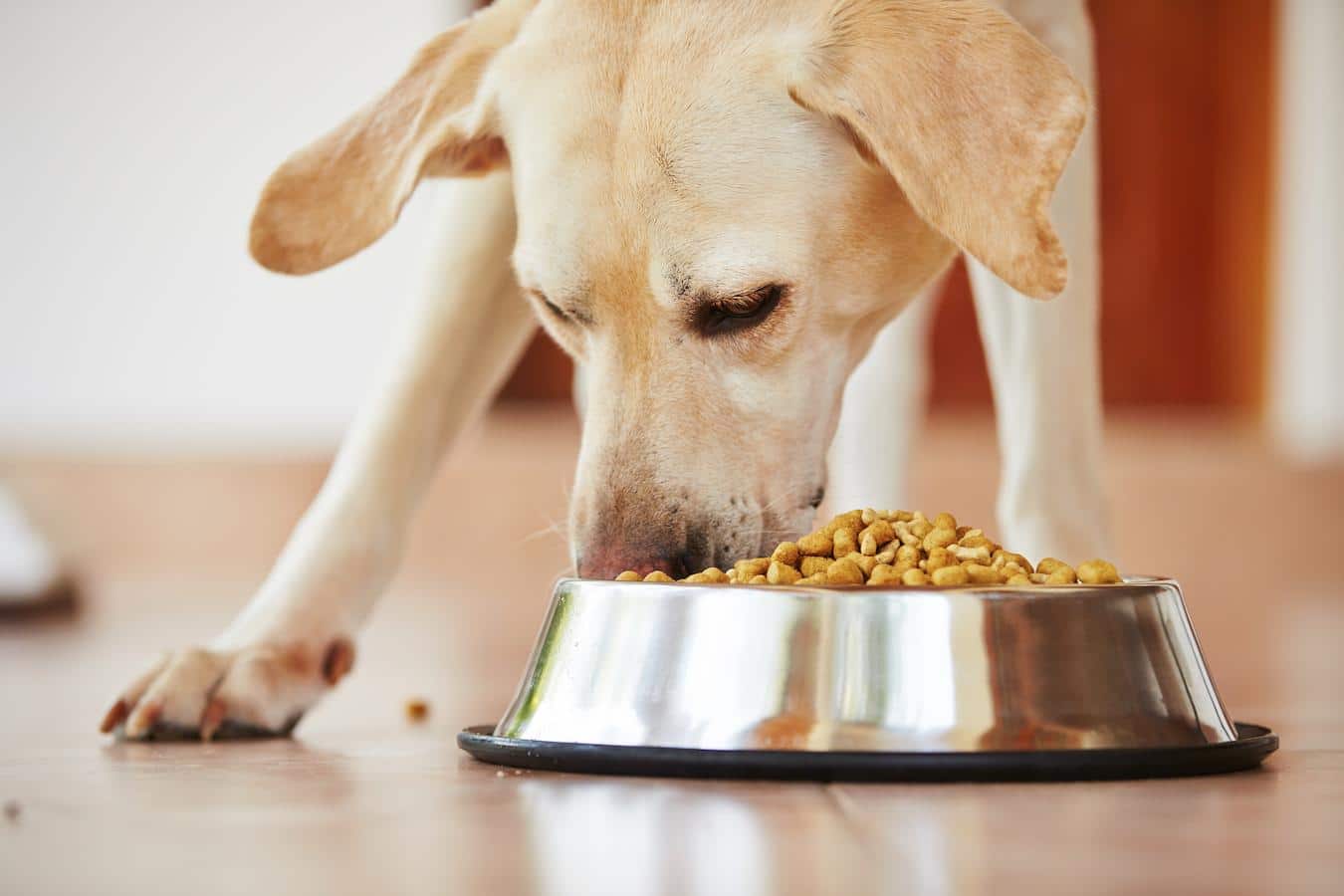
Trackbacks/Pingbacks